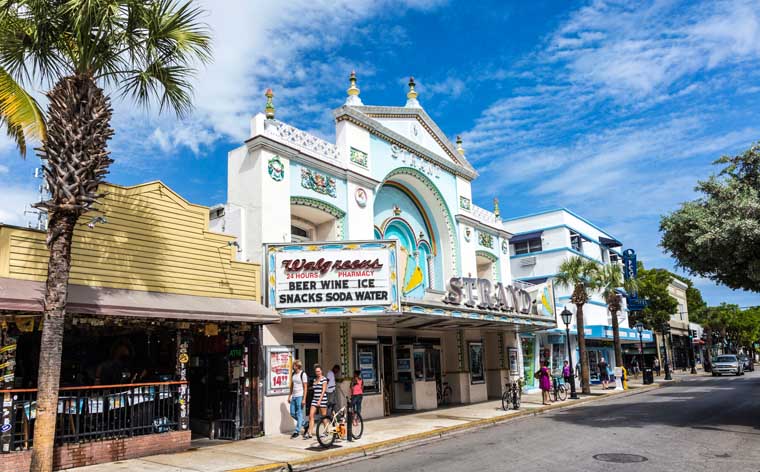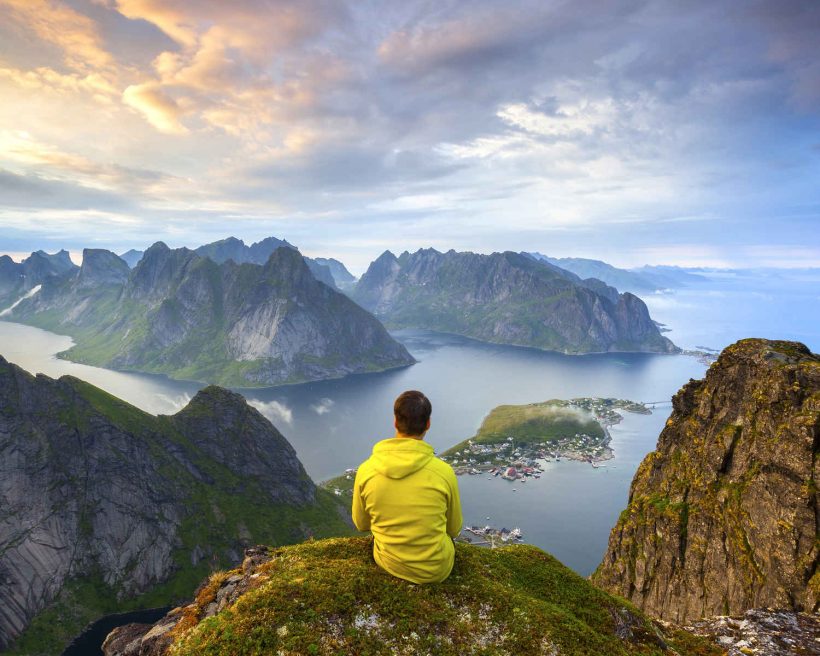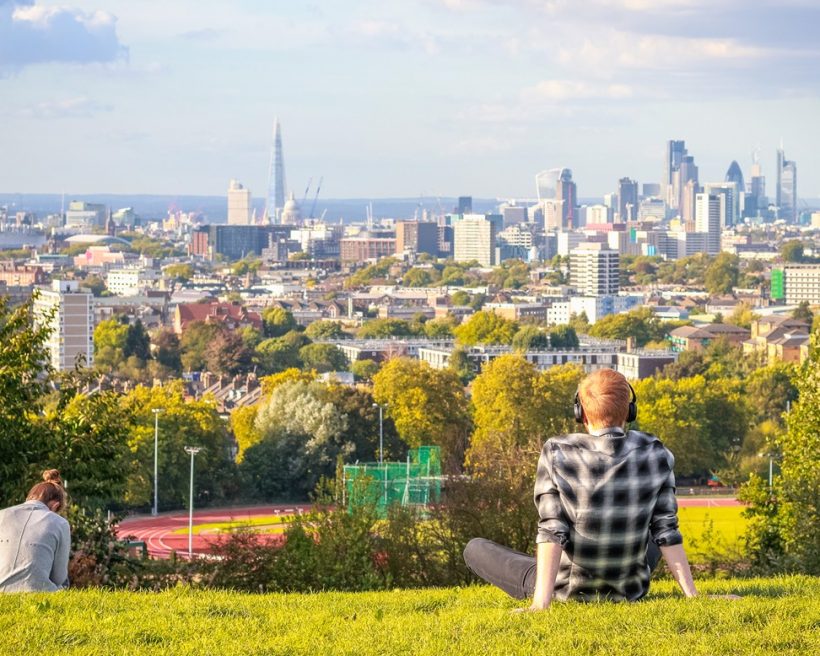After wallowing in a trade embargo imposed by the United States for over 50 years, there are promising times ahead for Cuba, as it looks to become a part of the global trading community. While the trade embargo is still active today, there are encouraging signs that it will soon be lifted, opening a whole new world of possibilities for Cuba. Trade with other countries will be easier, triggering an increase in tourism. This impending trend is already evident in our search data, which shows a 59% increase in flight searches for Havana from 2015 to 2016. If you are thinking about visiting Cuba, consider doing so in a manner that allows you to experience the full range of its rich cultural heritage. Start by planning a sustainable trip that supports the local culture and commerce – the only risk of doing so is that you may actually experience the real marvels of the island, not just the ones in guide books. In addition to the main highlights, you might want to travel deep into rural Cuba, where unknown charms await. Keep this in mind when starting your trip in the land of guajiros (countryside Cubans).
Where to stay in Cuba
Cuban guesthouses are an opportunity for immersion in Cuban culture © vcheregati
No hotel? Are you crazy? Where will we sleep then? Fret not, Cuba offers a different kind of accommodation, one that will give you a more authentic view of the country while contributing to the local economy at the same time. Cuban guest houses are legally- authorized accommodation options run by locals.
These guest houses provide genuine doses of Cuban life and culture, giving you the chance to live like a local. Keep a lookout for the iconic blue anchor painted on the front of the guest houses, as you saunter through Cuba.
Sip rum in Havana and saunter along the Malecón
Go for a stroll in Havana’s old town © Alistair Kitchen
The Argentinian songwriter, Fito Páez, famously proclaimed that Havana lures one to fall in love with it and that the rum of the city is the best in the world. What better way to ascertain the validity of these valiant claims than a visit to the iconic capital? Havana’s old town is the sort of place you can lose yourself in for days at a time. As such, aimlessly wandering its streets is a must for any traveler.
On your saunter through Havana, you will be entertained by an array of intriguing buildings of all shades, many of which are in an advanced state of decay. You will also be treated to potent Afro-Cuban rhythms that echo in back alleys and crystallize into beautiful graffiti murals. Nowhere is this magical combination epitomized better than in Callejón de Hamel (the Hamel alley).
Get ready to embrace a city that exudes the sensation of going back in time, as classic cars from the 1950s decorate a backdrop of vintage architecture. While in old town Havana, The house of Conde Lombillo is a compulsory stop. Inside it, you will find Café Bohemia, an establishment that has borne witness to the last century of Cuban history.
The cafe originally opened its doors to celebrate the memory of Ricardo Sáenz, commonly known as El Gallego, the former chief editor and assistant director of Bohemia magazine. One of its idiosyncrasies consists in naming their dishes and cocktails after well known Cuban journalists, writers and filmmakers.
A wander through Havana’s old town leaves you thirsting for the ocean and its quietude. As such, a leisurely stroll along Havana’s well known boardwalk is essential. El Malecón is Cuba’s and one of the world’s most popular boardwalks, extending over five miles populated by street musicians, artists, poets, philosophers and fishermen cast against the backdrop of the city skyline and the serene sea.
Varadero: Cuba’s take on paradise
A travelling market at one of Varadero’s beaches © Emmanuel Huybrechts
A trip to Cuba is not legit without a stop in Varadero. Soak up the warm Caribbean sun on beaches brimming with soft, fine sand and visit some of the peculiar routes Varadero has to offer. If you want to know more about Cuban history, visit some of the old mansions previously owned by colonists, many of which have been transformed into museums. Varadero is also a thrill-seeker’s paradise, replete with caves, cayas and rare virgin forests that are unique to the region. If these spoils are not enough, you can follow the footsteps of the infamous Al Capone by traipsing through some of the tourist complexes that this prohibition era kingpin once roamed.
Explore the Cuban countryside around Viñales
A day like any other in Viñales, Cuba
The rural region known as Pinar del Río, 90 minutes by car from Havana, is home to the quaint town of Viñales and a national park that carries the same name. A lush, green zone primarily populated by farmers, Viñales is virtually car-free, thanks to the popularity of the horse-drawn wagon. Tobacco and coffee plantations are the key protagonists here, providing a different if not peculiar experience for curious travelers.
The countryside in this unique part of Cuba is intricately decorated by small, colorful houses,quaint farms and haciendas (estates), that are home to a mix of young and old Cubans who you will often see sat in rocking chairs, staring blissfully into space.
Viñales is also surrounded by an eponymous natural park. Together with the settlement, the Viñales valley is a UNESCO World Heritage Site, characterized by its lush vegetation and its endemic mountainous formations, referred to as mogotes locally. One of these mogotes is home to one of the park’s most visited attractions – a 393-foot long painting on a rock wall, known as Mural de la Prehistoria, which depicts the history of evolution with graphic edge.
The Cays: Jutías, Levisa, Largo, Coco and Guillermo
Playa Sirenas, one of a handful of pristine beaches at Cayo Largo © Paula Rizzi
Any proper trip to Cuba requires more than one stop, however brief, at some of its breathtaking cays. Cayo Jutías is the first stop after Viñales and is revered as one of Cuba’s most beautiful beaches, replete with white sand and crystal clear waters. In fact, It is rivaled only by the spectacular beauty of Cayo Guillermo and its beach, Playa Pilar.
Cuba’s numerous cays are perfect spots for unplugging and taking a break from the world. One step closer to paradise, they are serene, nirvanic locations where one can take a dip in transparent waters and relax in veritable natural splendor. In fact, the only hassle here are the mosquitos that have also found a ticket into these otherworldly heavens.
If relaxing all day by the sea gets tedious, get your adrenaline kicks at Cayo Levisa and Cayo Coco, both of which offer diving opportunities as well as other aquatic sports. Choose from a wide range of companies specializing in equipment rentals and organized tours and get acquainted with the area’s flourishing marine wildlife.
Delve into the past at Bahía Cochinos
The historically significant Bay of Pigs, known locally as Bahia de Cochinos, Cuba ©Rinaldo Wurglitsch
History lovers will find plenty of gateways to the past in Cuba. The bay area known as Bahía Cochinos (The Bay of Pigs) is one-such gateway, rich in natural beauty as it is in history. The beaches of Girón and Larga are among the least visited in Cuba and as such, carry themselves with an aura of mystique, shaded in historical events such as the famous battle of Bahía Cochinos which took place on the Girón beach in the early 1960s, at the peak of Cold War tensions.
In fact, the road to Bahía Cochinos is still lined with old posters that reference the attempt to invade the area and the Cuban revolution.
Ciego de Ávila and Camagüey
Camagüey, a UNESCO World Heritage Site whose streets are lined with pastel coloured houses
While not often visited, these two cities definitely deserve to be on your list of things to see in Cuba. Both of their old town areas are noteworthy – replete with monuments that commemorate the revolution and low buildings painted in eye-catching colors that teleport this area back in time.
Ciego de Ávila is an old and rather small town that seems frozen in time. Spend your afternoons discovering traditional restaurants, charming taverns and revolution memorabilia while music reverberates off every wall.
Camagüey on the other hand, is more modern and developed. Here, the old town has been proclaimed a World Heritage Site and is home to a plethora of restaurants – subsidized by the government – that offer delicious homemade food (such as the rice and bean dish, Moros y Cristianos).





